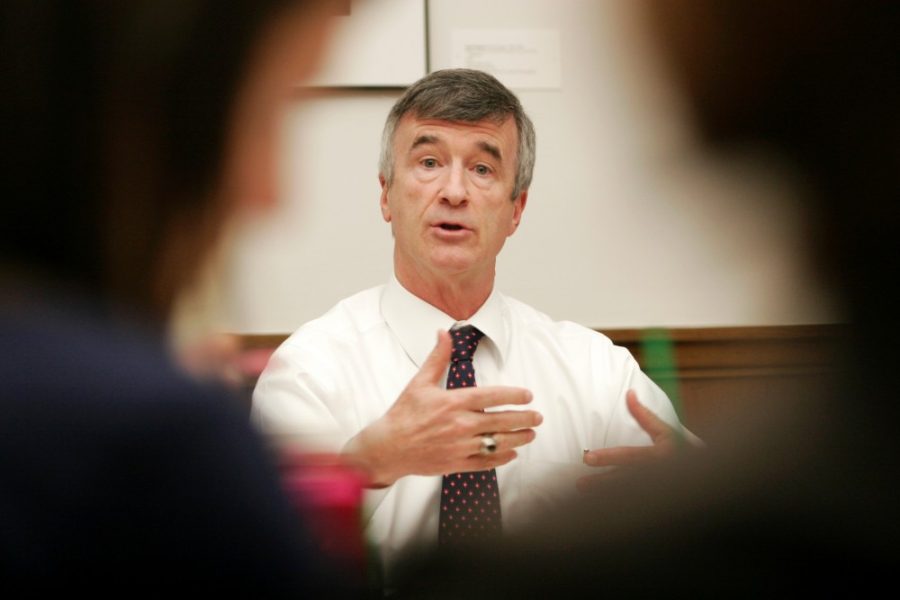As part of a sweeping reformation of the UA, four colleges have been united under a larger administrative unit called the Colleges of Letters, Arts and Science. The idea is to eliminate administrative redundancies while increasing communication among the colleges.
The consolidated colleges are the colleges of science, social and behavioral sciences, humanities and fine arts.
Under the new structure, the colleges will keep their autonomy, professors will be unaffected in their day-to-day routines and students pursuing interdisciplinary studies will have easier access to advising.
The consolidation was prompted by the enacted and expected budget cuts, said Dean of the College of Science Joaquin Ruiz.
Ruiz is now on double-duty as the executive dean of the colleges. There are advantages to both the old and new structures, he said. As independent entities, the colleges can more easily develop a culture “”that allows you to do things more exquisitely,”” he said. However, this comes at the expense of communication amongst the colleges and the tax and tuition dollars.
While the restructuring may be new to many faculty and students, it is not a new structure in the world of higher education. Similar structures are in place at Arizona State University and Michigan State University. The UA itself even utilized a similar structure in the early 1980s.
Ruiz said the changes are a boon to students of interdisciplinary studies because advising for these students will be moved from University College to the College of Letters, Arts and Science, thereby making advising more accessible to IDS students.
“”I’m very excited about this because what the structure is also going to allow us to do is to have a pile of interdisciplinary programs that don’t fit in any of the existing colleges,”” he said.
Despite UA officials’ initial reticence on the question of whether the consolidation would result in job and salary cuts, Ruiz answered with an unequivocal “”yes”” to both, though the particulars of the matter are still being worked out.
“”I would hope that we have solid plans in no more than a month,”” he said.
One roadblock faced by UA officials has been that the Arizona Legislature has not yet passed a budget. Until it does, the university must rely on its best guesses to guide the restructuring process.
Sociology professor Celestino Fernandez agreed that most instructors would not be greatly affected by the changes, as they largely take place at administrative levels.
While some departments’ structures have been changed, such as the Department of Political Science becoming the School of Government and Public Policy, Fernandez said others, including his own, have not seen changes “”at the present time.””
“”The commitment (from administration officials) is that it’s not going to affect students already in the pipeline,”” he said.
The initial request for restructuring came from Provost Meredith Hay, who left many of the details to be shaped by feedback from professors and others at the departmental level, he said. About 75 “”white papers,”” or comments and suggestions, were received and have been used to guide the reorganization.
Fernandez emphasized that while the restructuring is a major change, it is only one of many such changes that have molded the university throughout its history, and only one of many that continue to mold the university during this latest transformation process. Students are more affected by the budget cuts through larger class sizes than by the reorganization of the colleges, he said.
Katie Bailey-Groh, a creative writing senior, was unaware of the changes to her college, the College of Humanities, but said she hoped the changes would not adversely effect students.
Students are not the only ones feeling some apprehension about the change. The transformation has been met with resistance in some quarters, Ruiz said, though he declined to elaborate.
“”I just hear,”” he said, and left it at that.
Despite lingering uncertainties, Ruiz and Fernandez agreed that the consolidation of the colleges is seen by most as a positive change and not as a necessary evil, though Ruiz admitted the change probably would not have occurred without the budget cuts as an impetus.
“”Crisis can create really bad ideas and really good ideas,”” he said. “”I think this is a really good idea.””








